You could call this time of year in Michigan “the dead of winter.” It certainly often feels that way, especially on one of its many dark, dreary days. Despite how it may look and feel outside, however, not everything really is dead. As you probably know, pests are nothing if not tenacious.
No matter how cold or dead the winter, pests will muddle on long enough to bother you. It would almost be inspirational, if it weren’t so annoying. Here are four pests that are probably trying to warm themselves up inside your home right now.
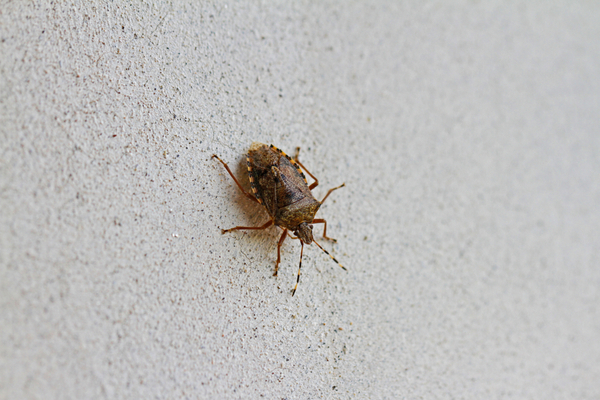
Stink Bugs
Stink bugs are infuriatingly common in Michigan. Part of the reason why they’ve managed to stick around is that they’re good at staying warm during winter. They do that by sneaking into people’s homes for shelter starting in early fall. Stink bugs congregate around windows and other warm places all fall. While they’re gathered, they find cracks and gaps around frames and siding. They use these gaps to work their way inside.
Inside, stink bugs enter a hibernation-like state called diapause for extended periods of time. While in diapause, the bugs remain completely immobile and don’t need food or water. In order to remain safe while in diapause, the bugs seek out hiding places. The stink bugs in your home may be in your walls, around your rafters, or in other secluded areas. They won’t hurt your home while they’re around, but they may produce their distinctive stink.
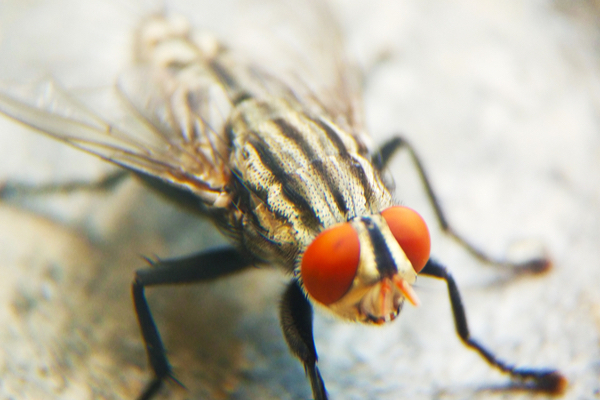
Cluster Flies
Cluster flies look a lot like common house flies, but they’re bigger, rounder, and slower. They may make a buzzing noise when they fly around. The name “cluster flies” refers to the flies’ tendency to cluster together in large numbers. Starting in late summer and early fall, they gather in groups to stay warm. As the temperature drops, they make their way into cracks and gaps around siding and awnings. Eventually, these cracks may lead them all the way inside.
Like stink bugs, cluster flies may enter prolonged periods of diapause after entering your home. These flies usually enter your home from high up, so they’re common in attics and rafters. You may find them around window or door frames, or near vents and utility lines. Cluster flies wake up during warm days to move around. They can’t hurt you or damage your property, though they may attract other pests like spiders. Cluster flies usually leave your home in spring.
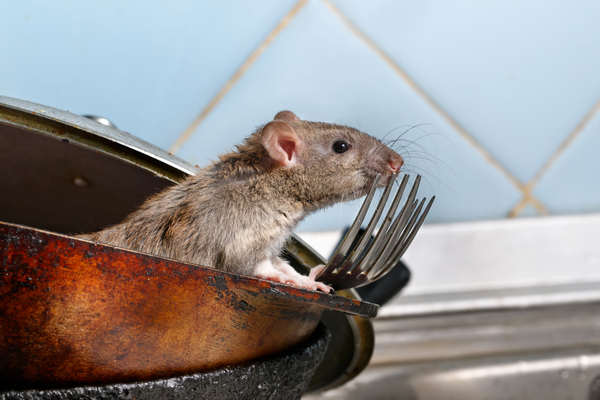
Rodents
Rats and mice cannot hibernate. To survive winter, they need to find a warm place where they can access food and water. Rodents are very sensitive to temperature and pressure changes in the atmosphere. They begin infiltrating homes as soon as they sense fall approaching. Rats and mice squeeze through small gaps around window and door frames, utility lines, foundation, and siding. They find these gaps by using their acute senses to find drafts and follow the smell of food.
Rodents can’t fly like stink bugs or flies, so they usually end up in your basement. They’re attracted to any source of moisture or food. Rats and mice grind their teeth by chewing on a wide variety of soft materials. They can ruin boxes and fabric, damage furniture, or even cut electrical wires and start fires. Both rats and mice may reproduce indoors if given the chance. If you have a rodent infestation, you should deal with it fast!
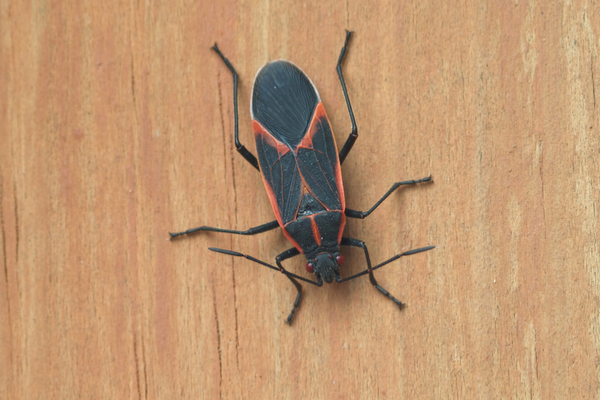
Boxelder Bugs
Boxelder bug behavior is quite similar to stink bugs’. Starting in fall, they begin to gather around warm places. They’re particularly attracted to homes with southern and eastern exposure, for the sunlight. As they congregate, they may naturally slip into gaps and cracks around windows and doors. When winter comes, they will move further through the cracks to stay warm, eventually ending up inside. Boxelder bugs have very flat bodies that enable them to squeeze through tiny areas.
Boxelder bugs remain generally inactive during winter. They don’t reproduce inside and they won’t live long enough to survive winter. Boxelder bugs may emerge from their hiding places to sun themselves during warm days. When that happens, you may find them near windows or other warm areas. Boxelder bugs aren’t dangerous, but they may secrete a liquid that could stain surfaces when threatened or crushed. You may encounter more boxelders in early spring, as they begin to leave your home.
The reason why pests want to get inside your home over winter is so they can stay warm. The colder (and longer) the winter, the more desperate these four pests become. Believe it or not, however, you can turn that to your advantage.
Pests don’t have time to waste trying to break into a fortress this winter. If you can pestproof your place, you can keep pests away all season long. We want to help. If you have a pest problem this winter, give Griffin a call any time. We’re always happy to drive pests out of your home, no matter the time of year!

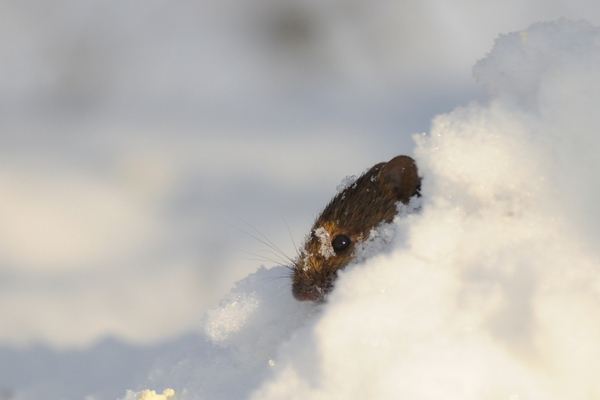
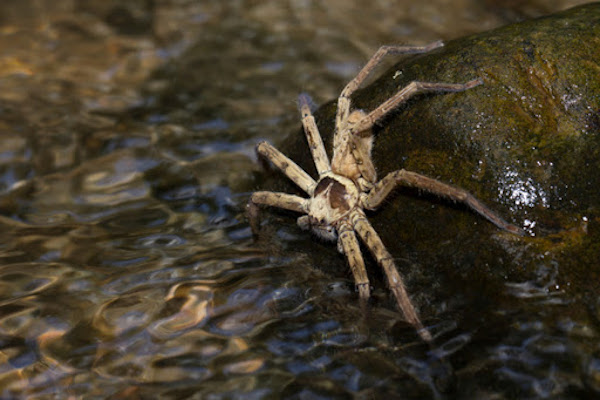
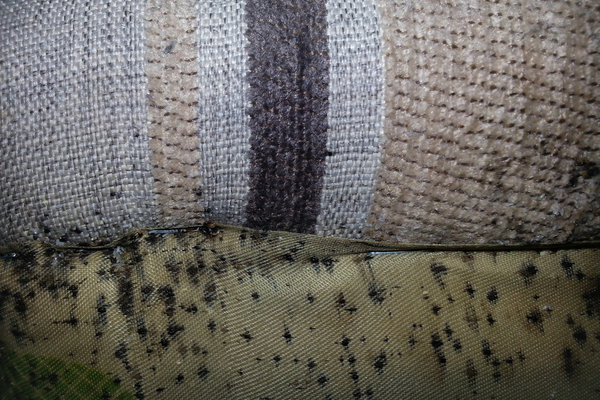
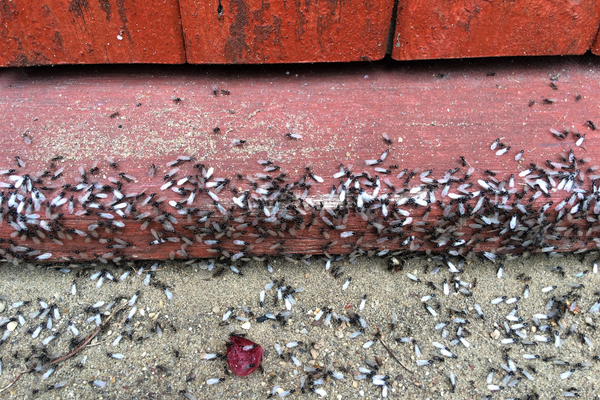
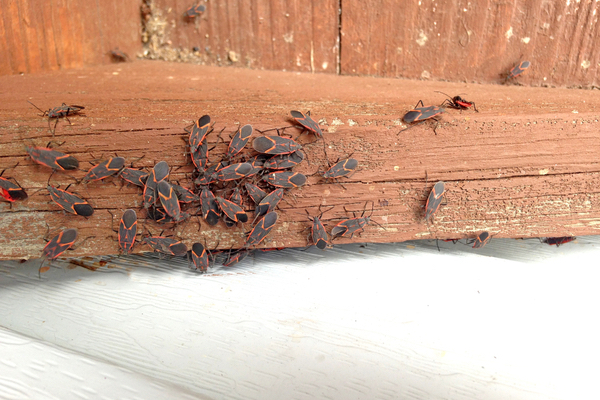
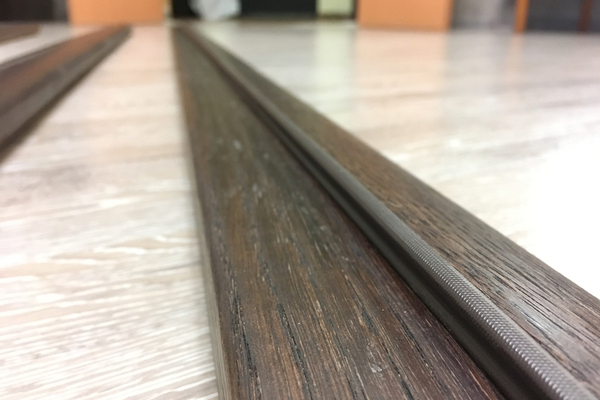
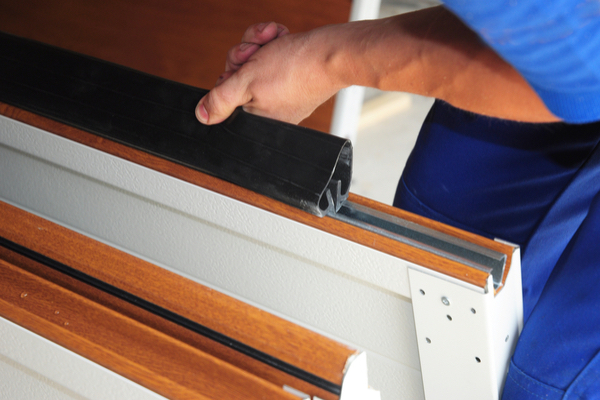


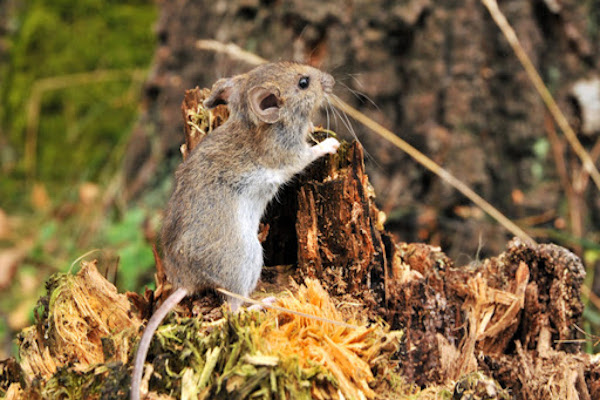
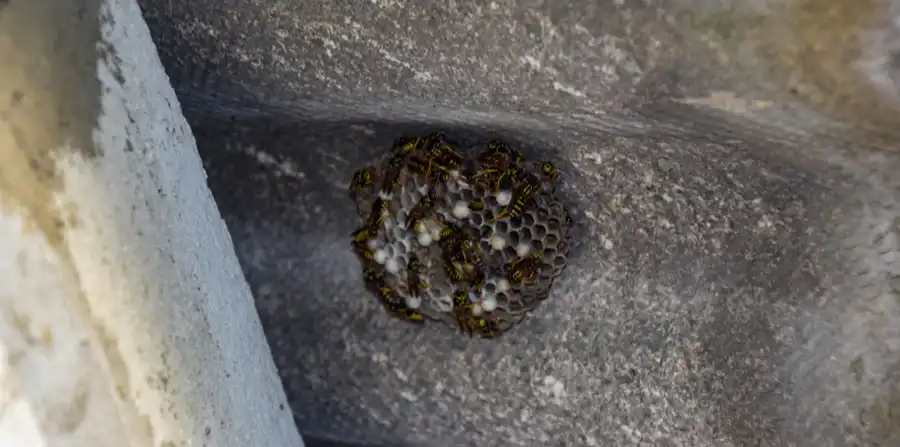
 There’s one, very clear reason why you never want termites: they’re the most destructive wood pest in the US. Termite colonies eat and bore through wood, creating cavities that compromise wood’s structural integrity. Every year, termites cause
There’s one, very clear reason why you never want termites: they’re the most destructive wood pest in the US. Termite colonies eat and bore through wood, creating cavities that compromise wood’s structural integrity. Every year, termites cause  No common neighborhood pest inspires terror quite like the wasp. It’s not difficult to understand why. Virtually everyone has a wasp sting horror story. The insects are notoriously territorial, aggressive, and unafraid to sting. Wasps are at their most frustrating and dangerous when they build nests near homes. When a wasp nest is right outside your door, it’s all-too-easy to seem threatening to its defenders. Wasps are especially
No common neighborhood pest inspires terror quite like the wasp. It’s not difficult to understand why. Virtually everyone has a wasp sting horror story. The insects are notoriously territorial, aggressive, and unafraid to sting. Wasps are at their most frustrating and dangerous when they build nests near homes. When a wasp nest is right outside your door, it’s all-too-easy to seem threatening to its defenders. Wasps are especially 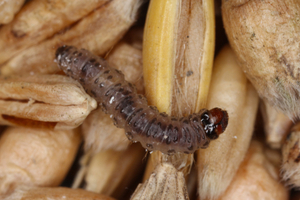 There are several kinds of pest that love to infest pantries. The worst thing about these pests is that, contrary to popular belief, they’re not just eating your food. They’re often
There are several kinds of pest that love to infest pantries. The worst thing about these pests is that, contrary to popular belief, they’re not just eating your food. They’re often  Sure, bed bugs aren’t as damaging or dangerous as any of the other pests on this list. But what if you had to choose one of these four infestations? We’re betting you’d choose any of the aforementioned pests before you subjected yourself to bed bugs. We don’t blame you! Bed bugs are probably the most upsetting common pest infestation in the US. And they are common, too–
Sure, bed bugs aren’t as damaging or dangerous as any of the other pests on this list. But what if you had to choose one of these four infestations? We’re betting you’d choose any of the aforementioned pests before you subjected yourself to bed bugs. We don’t blame you! Bed bugs are probably the most upsetting common pest infestation in the US. And they are common, too–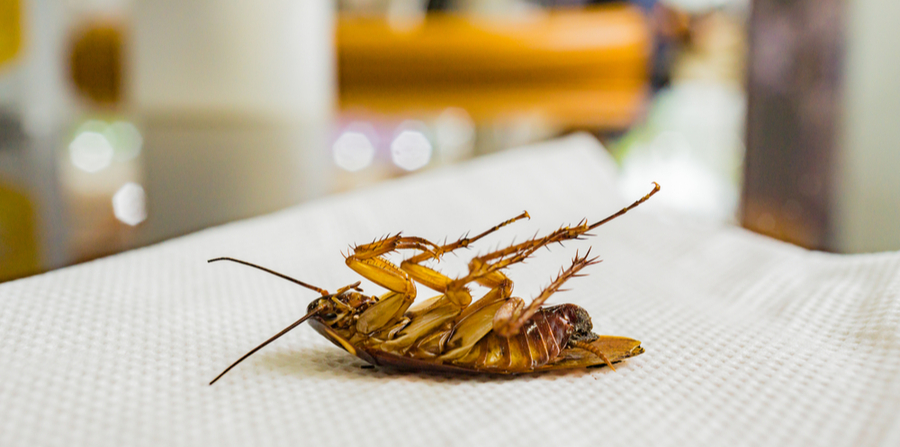
 Garbage management
Garbage management It’s all-too-easy to depend on your drains, especially in the hectic restaurant world. You just pour the whatever-it-is down the drain and move on to your next task. The whatever-it-is is gone, and you can keep working! It’s perfect, right? Unfortunately, that’s not really how it works. The stuff you pour down the drain often stays in the drain, where it can rot, congeal, or build up. Before long, you could have a nasty clog–or worse.
It’s all-too-easy to depend on your drains, especially in the hectic restaurant world. You just pour the whatever-it-is down the drain and move on to your next task. The whatever-it-is is gone, and you can keep working! It’s perfect, right? Unfortunately, that’s not really how it works. The stuff you pour down the drain often stays in the drain, where it can rot, congeal, or build up. Before long, you could have a nasty clog–or worse. Unfortunately, this is another situation where restaurants are at a disadvantage. Think about how many doors and windows your restaurant has. There’s the front entrance for sure, a back entrance, probably a supply entrance, any emergency exits, and more. Pests can use these entrances, too. Then there are the restaurant-specific access points to worry about. Pests can come down ventilation just as easily as smoke and food smells can escape.
Unfortunately, this is another situation where restaurants are at a disadvantage. Think about how many doors and windows your restaurant has. There’s the front entrance for sure, a back entrance, probably a supply entrance, any emergency exits, and more. Pests can use these entrances, too. Then there are the restaurant-specific access points to worry about. Pests can come down ventilation just as easily as smoke and food smells can escape. This probably seems obvious to you, but spills can be tricky. We’re not just talking about the ones out on the dining floor. We’re talking about the spills that can go overlooked. The tiny
This probably seems obvious to you, but spills can be tricky. We’re not just talking about the ones out on the dining floor. We’re talking about the spills that can go overlooked. The tiny